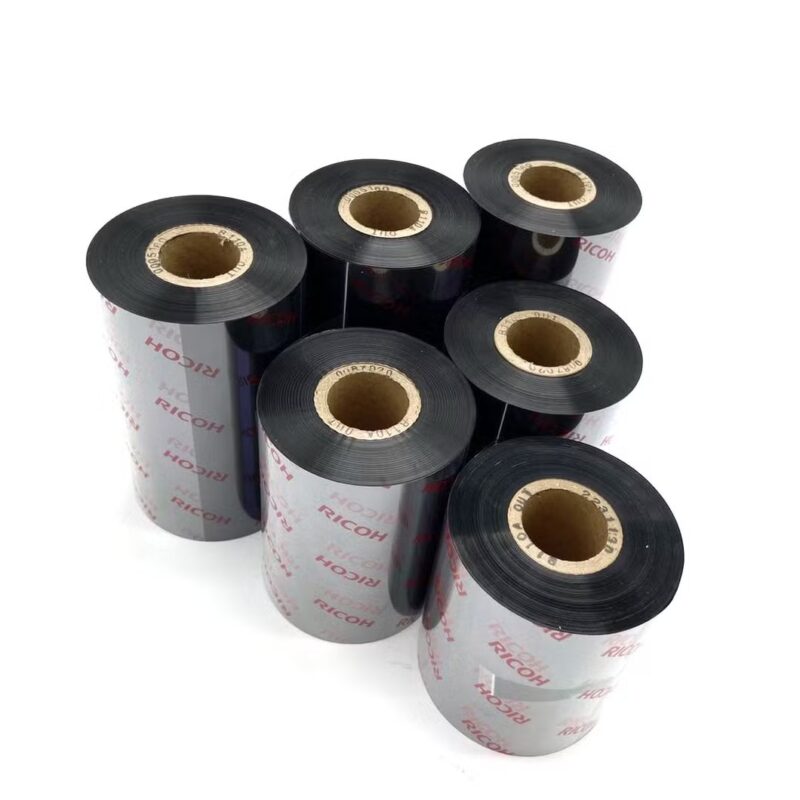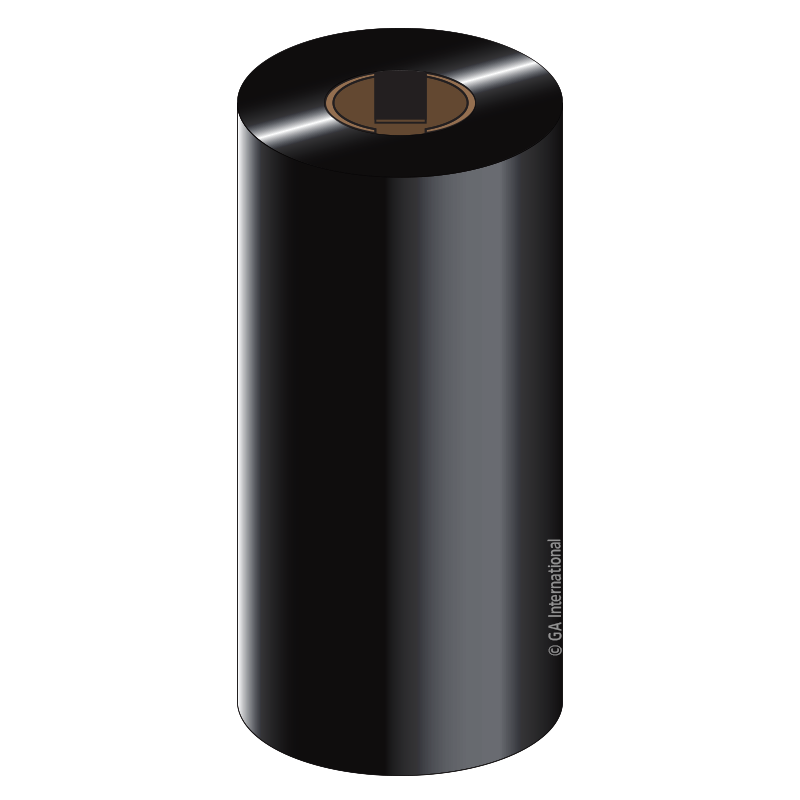Blog
Dymo Label Code Sizes: A Comprehensive Guide for Distributors and Buyers
Labeling serves as an essential component in multiple industrial sectors including retail and logistics as well as healthcare and manufacturing. The preferred labeling solutions include label codes and sizes which work with multiple labeling machines. Distributors, resellers and procurement professionals need knowledge about different label code sizes to supply their clients with appropriate solutions. Dymo Label Code Sizes: A Comprehensive Guide for Distributors and Buyers.
This article provides complete information about label code sizes with details about their applications, types and benefits. This guide assists distributors who want to expand product offerings and buyers who need reliable label solutions to make informed decisions.
**What Are Label Code Sizes? **
Label code sizes define the measurements and properties of labels that work with labeling machines. Labels exist in numerous shapes and sizes using different materials to fulfill various industry requirements. The standardization of label code sizes ensures they are compatible with particular labeling devices which helps users easily select appropriate labels for their requirements.
Key Features of Label Code Sizes
- These labels are designed with standardized dimensions to match the requirements of specific labeling machines.
- These labels come in multiple material options including paper and polyester as well as additional durable materials.
- You can personalize these options with your own logos, barcodes, and custom designs.
- These labels can be used in retail operations as well as logistics and healthcare settings among other applications.
- The labels demonstrate high durability because they withstand damage from wear and tear as well as environmental elements.
Benefits of Understanding Label Code Sizes
1. Ensures Compatibility
Correct label code sizing allows labeling devices to function properly which minimizes errors and prevents operational stops.
2. Enhances Operational Efficiency
Appropriate label dimensions optimize labeling operations which leads to time savings and productivity gains.
3. Improves Inventory Management
Proper labeling with appropriate codes and dimensions facilitates efficient inventory organization and tracking.
4. Supports Customization
A proper grasp of label code sizes gives businesses the ability to create custom labels tailored to branding needs and barcode applications.
5. Reduces Waste
Selecting appropriate label sizes reduces waste because labels match the required dimensions for each application.
6. Versatility Across Industries
Distributors and buyers find label code sizes versatile because they meet the requirements of numerous industries.
7. Cost-Effective Solution
Label sizes that are standardized remain affordable while being widely accessible which creates a cost-effective option for labeling requirements.
Types of Label Code Sizes
The size of the label code is determined by both the application and the labeling device used. These represent the most widely used label code sizes.
1. Address Labels
- Size: Typically 89mm x 36mm or similar.
- Application: Used for mailing and shipping addresses.
- Material: Paper or polyester.
2. Shipping Labels
- These labels feature expanded dimensions which measure 104mm in width and 159mm in length.
- Application: Ideal for shipping and logistics.
- These labels feature durable materials that can endure handling and transportation processes.
3. File Folder Labels
- These labels take a narrow rectangular shape measuring approximately 12mm by 50mm.
- Application: Used for organizing files and folders.
- Material: Paper or synthetic materials.
4. Barcode Labels
- Barcode label dimensions vary according to the barcode size but commonly measure around 38mm x 25mm.
- These labels serve the purpose of tracking inventory and identifying products.
- Material: Polyester or thermal paper.
5. Product Labels
- Size: Customizable based on product packaging.
- The primary functions of these labels include brand identification and displaying ingredient information along with product specifications.
- Material: Waterproof or heat-resistant materials.
6. Name Badge Labels
- Size: Commonly 89mm x 41mm.
- Application: Used for conferences, meetings, or events.
- Material: Adhesive paper or polyester.
7. Custom Labels
- Size: Tailored to specific needs.
- The labeling solutions serve multiple purposes including warning signs creation, asset tagging and promotional materials production.
- Material: Varies based on the intended use.

Applications of Label Code Sizes
1. Retail and E-Commerce
In retail and e-commerce industries label code sizes find widespread application for product labeling as well as price tags and shipping labels.
2. Logistics and Warehousing
The proper functioning of inventory tracking systems and warehousing organization depends on shipping and barcode labels which also help in logistics management.
3. Healthcare Industry
Patient records, medication bottles and laboratory samples use labels which require absolute accuracy and clear presentation.
4. Manufacturing
Products, machinery and packaging receive labels to serve identification needs and to ensure safety and compliance standards.
5. Office and Education
Offices, schools and universities use file folder labels and name badges to maintain organization and manage events.
6. Events and Conferences
Name badge labels serve as a professional method to identify people who attend events and conferences.
7. Home and Personal Use
Personal organization requires labeling storage boxes and jars along with DIY projects.
Several considerations must be taken into account when choosing the appropriate label code sizes for your business needs.
Several elements must be evaluated when picking label code sizes that fit your business needs.
1. Determine the Application
Ascertain what purpose the labels will serve such as shipping needs or product labeling and event badge identification.
2. Check Labeling Device Compatibility
Match label sizes to your labeling machines to prevent operational errors and equipment malfunctions.
3. Choose the Right Material
Select materials based on the application. Waterproof labels perform best in outdoor settings whereas thermal paper works well for printing receipts.
4. Consider Customization Options
Select customizable labels whenever you need specific branding or designs.
5. Evaluate Durability Requirements
When labeling items for harsh conditions choose strong materials such as polyester or vinyl.
6. Assess Quantity and Budget
Establish the number of labels required and pick an affordable option that matches your financial limitations.
7. Partner with a Reliable Supplier
Select a dependable supplier that delivers superior label quality along with outstanding customer service.

Distributors and buyers must know label code sizes to fulfill clients’ needs from different industries effectively.
Distributors along with buyers and resellers must understand label code sizes because it enables them to meet their clients’ diverse industry requirements. The ability to provide multiple label sizes and materials enables you to:
- Provide labeling solutions to multiple sectors such as retail businesses, transportation logistics companies, healthcare providers, and manufacturing plants.
- Deliver solutions that specifically improve organizational efficiency and effectiveness.
- Supplying reliable and high-quality products enables you to develop enduring client relationships.
- Maintain market competitiveness through your range of customizable and flexible labeling solutions.
Understanding label code sizes thoroughly allows businesses to maintain a competitive edge as labeling solution demand increases.
Conclusion
The labeling industry depends on label code sizes because they provide consistent solutions for multiple applications. Labels sized correctly and coded properly work across retail logistics healthcare manufacturing to guarantee compatibility efficiency organization. Distributors and buyers who offer quality label code sizes succeed in meeting market demands and expanding their business operations.
Our team stands ready to support your premium label solution exploration and answer any questions you have. Reach out to us today to receive information about our products and services.
Frequently Asked Questions (FAQ)
**1. What are label code sizes? **
Label code sizes are measurements and characteristics for labels that work with labeling machines. Label code sizes provide compatibility while delivering efficient performance for different applications.
**2. Label code sizes utilize paper, polyester, vinyl or thermal paper based on the specific use case and durability needs. **
The materials used to create label code sizes include paper, polyester, vinyl, or thermal paper based on specific application needs and durability demands.
**3. Selecting the appropriate label code size requires evaluating your specific application needs along with ensuring compatibility with your labeling device and material specifications. **
Select the appropriate label code size by evaluating the application needs, compatibility with labeling devices, material specifications, and available customization choices.
**4. Can label code sizes be customized? **
A wide range of suppliers provide customization choices for label code sizes which enable you to incorporate logos and barcodes or create specialized designs.
**5. Access high-quality label code sizes by visiting our premium label solutions at FOYO. **
To explore premium label solutions reach out to us at FOYO. Our extensive label inventory includes various sizes and materials specifically designed to address your business requirements.
Επικοινωνήστε μαζί μας
📩 sales@foyottr.com
📞 Tel: +86-592-6018320
🌐 https://foyottr.com/
Visit our Contact Page to get started or request a quote today.

